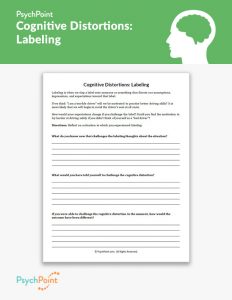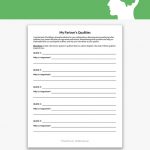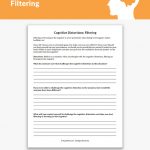Relationship Conflict Resolution Worksheet
Worksheet updated on October 24th, 2023

It is common for couples in therapy to struggle with communicating and resolving conflict. Conflict poses challenges for people in relationships because it impacts communication, which is an important part of socializing, bonding, and getting along with others.
When a person in therapy struggles with communicating, their self-esteem, ability to relate to others, and overall confidence are impacted. They may struggle with relationship issues, loneliness, and social anxiety, all of which can make resolving conflict in relationships a struggle. Teaching communication skills that build interpersonal effectiveness can help with overcoming challenges with self-expression, communication, and conflict resolution in relationships.
About This Worksheet
This is the Relationship Conflict Resolution worksheet. This worksheet incorporates dialectical behavioral therapy’s relationship effectiveness concepts to create a guide for clients in therapy to learn how to interact with others and healthily resolve conflict.
The worksheet uses GIVE to teach communication skills that can help build and maintain healthy relationships and boost confidence and comfort in social situations. The following are key components of GIVE:
- Gentle
- Interest
- Validate
- Easy Manner
Each of these components is outlined and described on the worksheet. It serves as a guide for individuals and couples in relationships to improve their conflict resolution and communication skills. It is great for adults who are in couples counseling or struggling with relationship issues.
Instructions
This worksheet works with the GIVE process developed for dialectical behavioral therapy. It takes time and patience for the individual or couple to learn how to utilize the exercise, so encourage the participants in the session to continue to practice the components when resolving real-life conflicts or building communication skills.
Provide each participant in the session a copy of the worksheet and review the process of GIVE and the instructions together. Allow each participant time and space to complete the reflection questions. When they are finished, review the results and discuss how the process can be applied outside of sessions.







